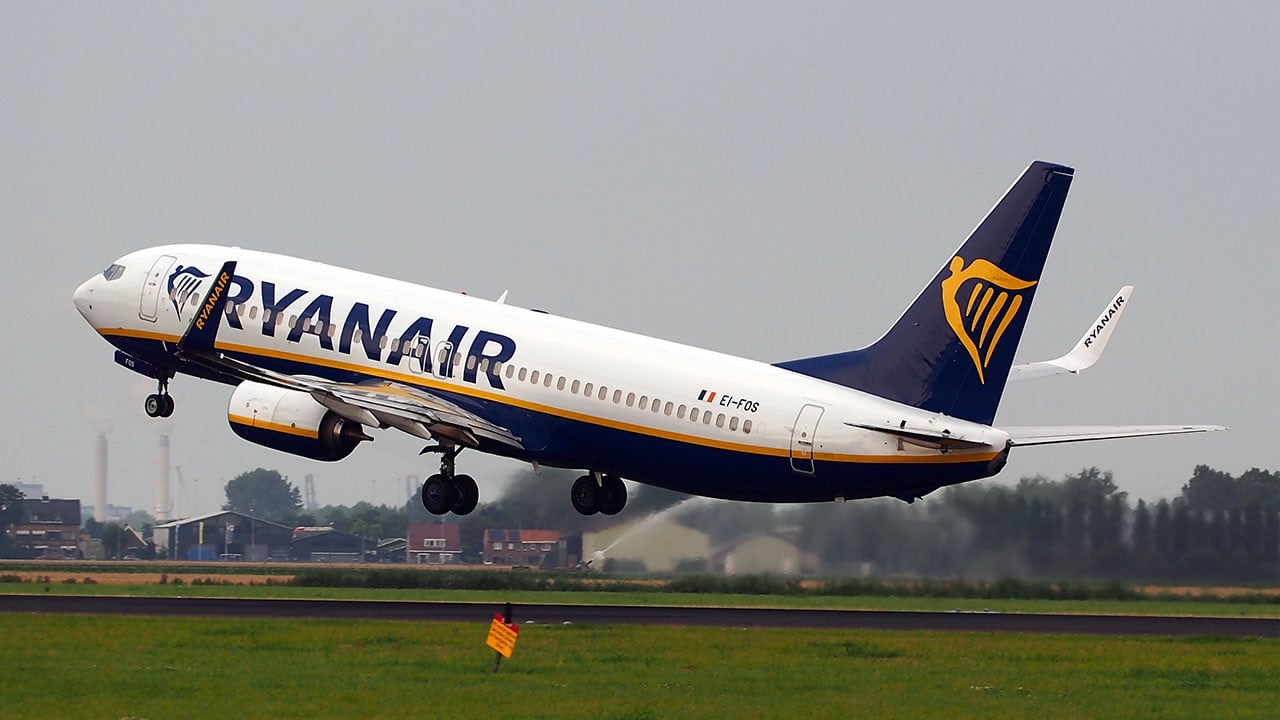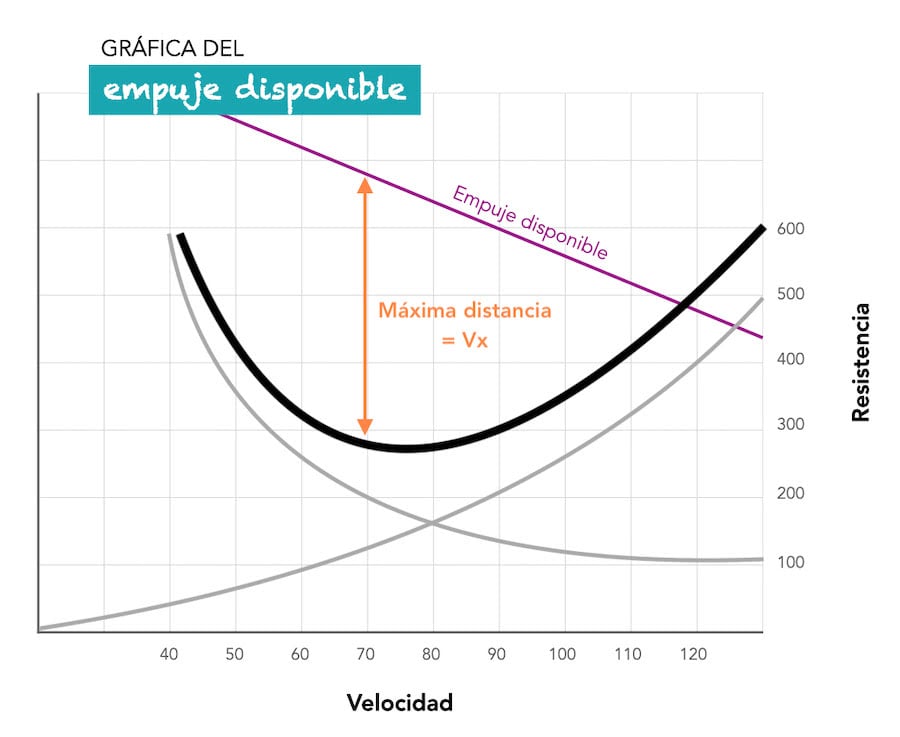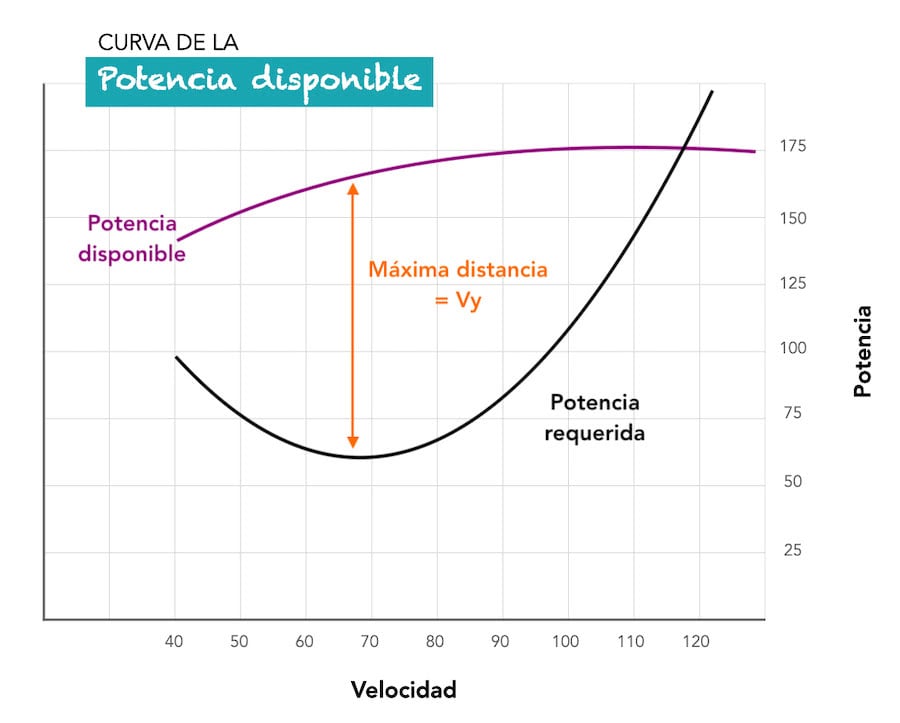During the initial take off phase, the intention of every pilot must be to increase height in the most efficient manner, as the saying goes, ‘speed and height, keep dentures upright’.
If an aeroplane flies high and encounters a problem, there would be sufficient time to prepare. In the case of it flying fast, it could make the most of that excess speed by gaining height and so increase available time.
In order to make aeroplanes ascend in the most efficient way possible, engineers calculate two different speeds for each model of aeroplane, the speed for best angle of climb, VX, and the speed for best rate of climb, VY.
Although they have similar names, there are really major differences between them. Following, we tell you about them.





